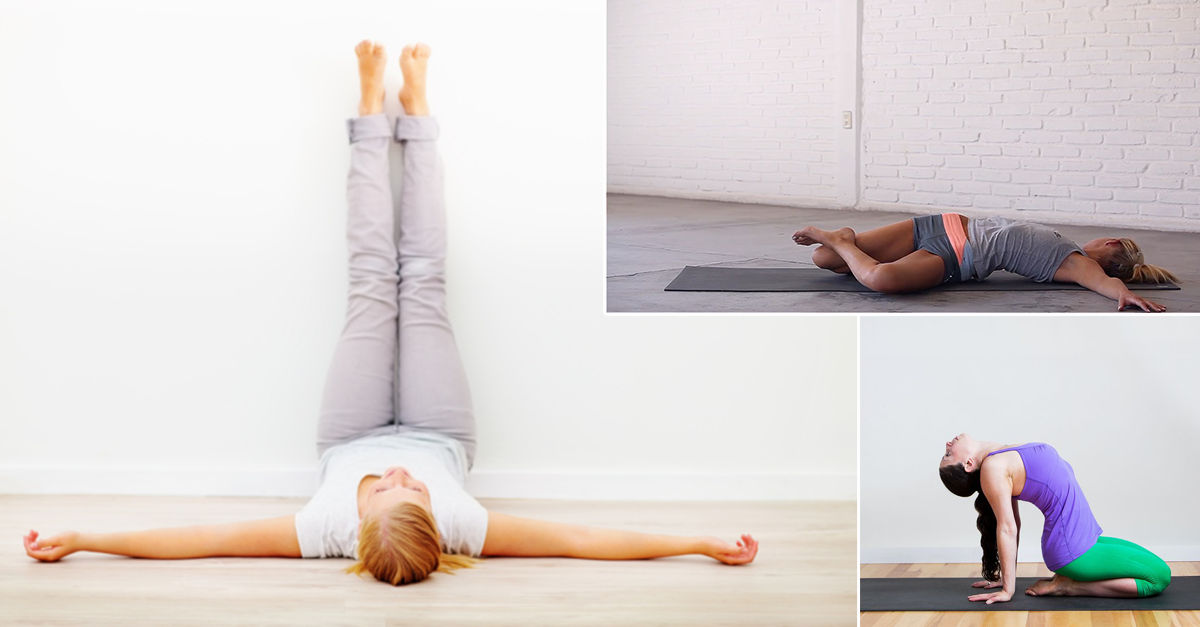Three yoga postures to help you sleep better
For most of us, the occasional sleepless night can be annoying, though not a big deal. Chronic insomnia, on the other hand, can be a serious threat to one’s health and well-being. One way to help you catch some extra shut-eye is by way of adopting a suitable yoga routine.
Researchers have found that regular yoga practice helps people fall asleep sooner, sleep longer and improve their overall quality of rest. Studies have linked the ancient practice to improvements in sleep efficiency even for people with medical conditions. Practicing yoga to lose weight and proper breathing patterns can be especially helpful in relief from weight-induced sleep apnea.
Yoga teacher Training India goes beyond mere bending and twisting of one’s body. Yoga can help improve one’s posture, body alignment, and flexibility, all of which contribute to relieving physical aches and pains that you suffer from. Breathing too plays an essential role in grounding the body and opening up one’s mind.
Deep Breath
Deep breathing is a simple technique often used for relaxation and rejuvenation during yoga practice. It can be executed either standing up or lying down, ensuring that the spine is straight. Place a hand on your stomach and inhale, expanding your diaphragm in the process. As you exhale, pull your belly button in towards your spine. Repeat this at least ten times (or more if you wish so).
Poses that help you sleep
Adhering to a regular practice of yoga can provide a variety of health perks—you also need to incorporate a few specific poses into your nightly regimen. Here are a few such simple sleep-stimulating yoga poses to try out.
Seated Heart Opener
Sit down in a kneeling position or with your legs extended out. Place your hands behind you on the ground, with fingers facing away from the body. Stretch your spine as you inhale. Lean backward while exhaling, arching your back and lowering your head behind you. This pose is the opposite of the hunched over position that most of us assume during the day.
Supported Inversion
Lie down perpendicular to an empty wall and place your arms on your sides with your palms facing upwards. Place your legs on the wall and walk your legs up the wall as far as they can comfortably go, while moving your hips towards the wall. Try and position your legs as straight as possible against the wall without forcing it. In this position, close your eyes and take deep, cleansing breaths.
Reclined Spinal Twist
Lie flat on your back. Bend your right knee up towards your chest and cross it over to the left side of your body. You should feel a stretching sensation in your spine. In order to soften the stretch, you can place a pillow beneath your right knee for support. Form a “T” shape with your body by stretching your arms outwards to the sides. You can choose to keep your head up or turn it to the right for a deeper neck stretch. Repeat this movement on the opposite side as well.


